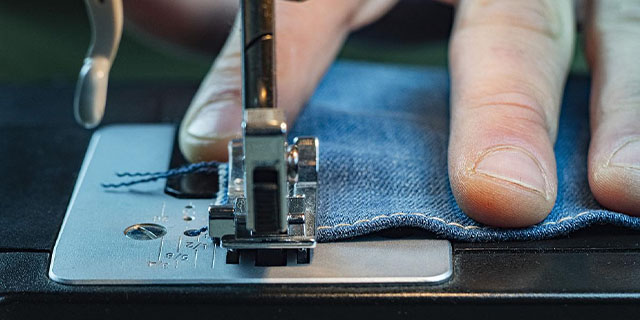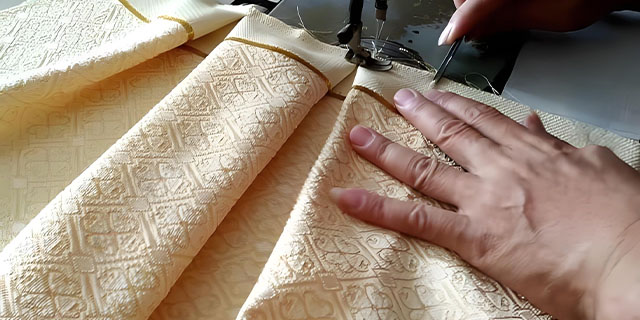Polyester sewing thread is one of the most commonly used types of sewing thread due to its high strength, excellent abrasion resistance, and superior color fastness. Among the various specifications of polyester thread, Polyester sewing thread 50/2 and Polyester sewing thread 50/3 are two of the most widely used. These threads differ in structure and performance, making them suitable for different sewing applications. In this article, we will provide a detailed comparison of Polyester sewing thread 50/2 and Polyester sewing thread 50/3, covering their key characteristics, applications, and tips for selection to help you better understand and choose the right thread for your sewing needs.
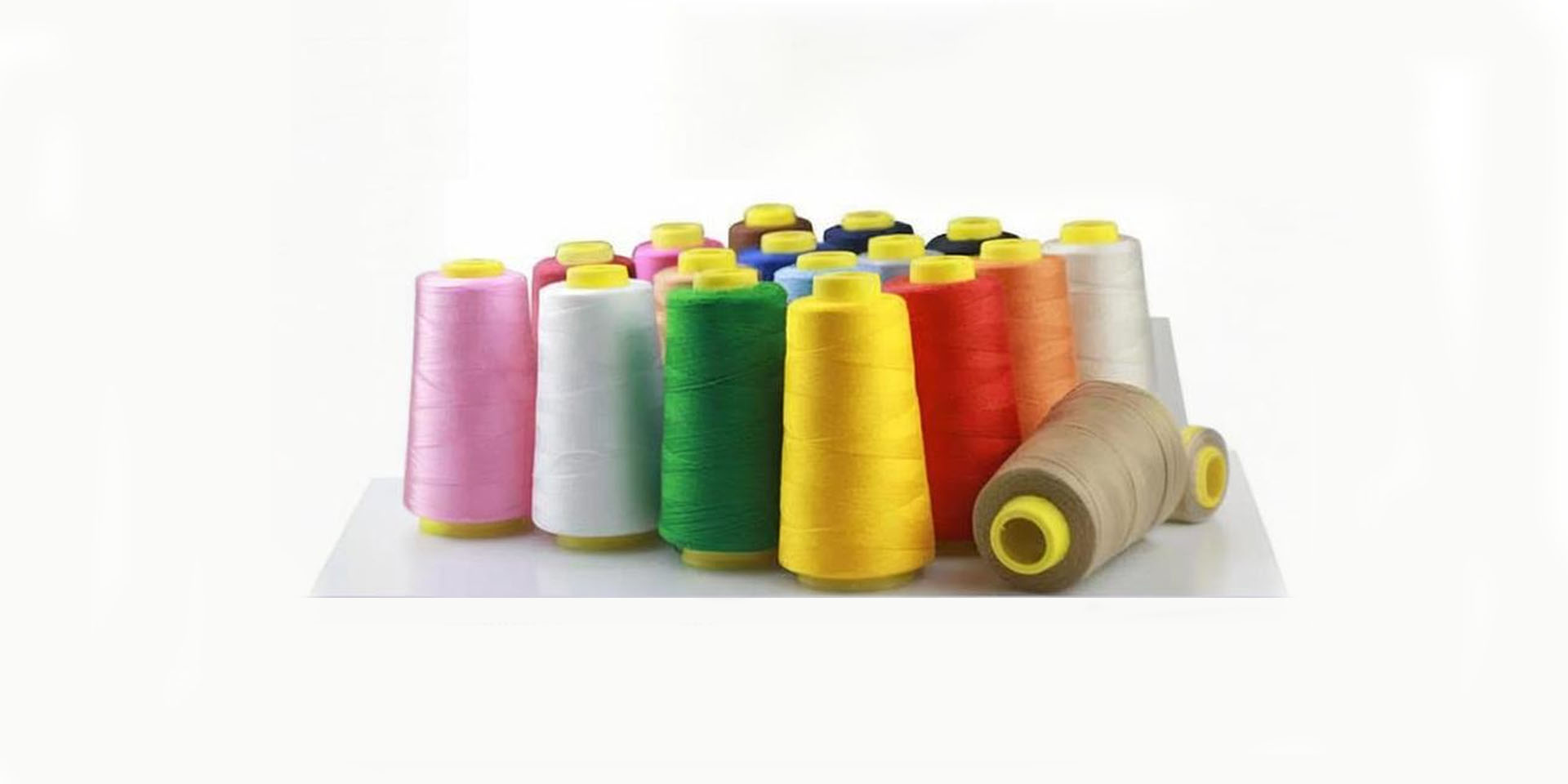
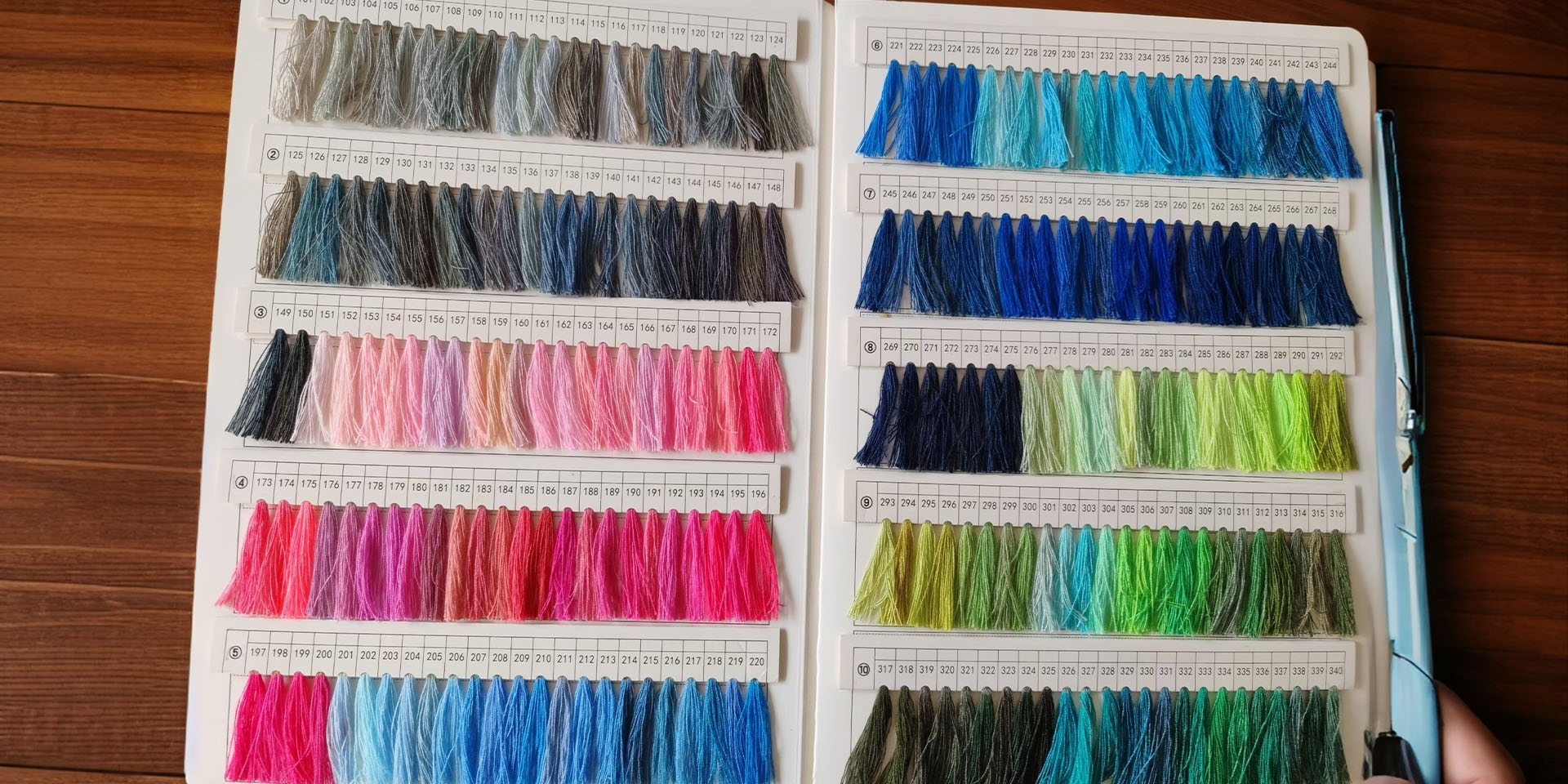
In the apparel industry, Polyester sewing thread 50/2 is ideal for lightweight garments like shirts, dresses, and lingerie, offering subtle stitching that complements delicate fabrics without compromising their appearance. Conversely, Polyester sewing thread 50/3 is better suited for heavier garments such as jeans, jackets, and outerwear, where strength and durability are essential. In-home textiles, 50/2 is commonly used for stitching lighter items like bed sheets, pillowcases, and duvet covers, ensuring a smooth, inconspicuous seam, while 50/3 is used for heavier textiles like curtains, sofas, and cushions, where the thread’s strength is necessary to handle daily use. Industrial applications require a high strength of 50/3, making it the preferred choice for products such as bags, shoes, automotive upholstery, and seat covers, which require robust seams. On the other hand, 50/2 is less common in industrial settings but may be used in lighter applications that don’t demand as much durability.
When choosing between the two, the thickness of the fabric is crucial—50/2 works best with lightweight materials like silk and chiffon, while 50/3 excels with heavier fabrics like denim and canvas. If the project requires fine, delicate stitching, 50/2 is the go-to, whereas, for stronger seams capable of withstanding heavy use, 50/3 is the better choice. For heavy-duty projects that demand high abrasion resistance, such as bags or upholstery, 50/3 ensures long-lasting durability, while 50/2 suffices for moderate durability needs, like shirts or bed linens.
-
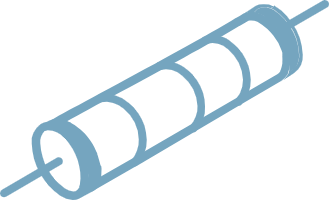 Thread Diameter and Strength
Thread Diameter and StrengthThe primary difference between Polyester sewing thread 50/2 and Polyester sewing thread 50/3 lies in their construction and strength. Polyester sewing thread 50/3 is made by twisting three single filaments together, resulting in a thicker diameter and higher tensile strength. This makes it more durable, and suitable for heavy-duty applications. On the other hand, Polyester sewing thread 50/2 is constructed by twisting only two filaments, resulting in a thinner diameter and relatively lower strength, which is ideal for lightweight applications.
-
 Abrasion Resistance
Abrasion ResistanceDue to the thicker diameter of Polyester sewing thread 50/3, it exhibits superior abrasion resistance compared to Polyester sewing thread 50/2. This makes it better suited for areas subject to frequent friction, such as seams that undergo regular wear or high-stress applications. Polyester sewing thread 50/2, with its finer diameter, is less durable in such conditions.
-
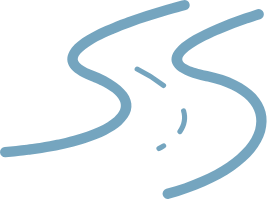 Softness and Smoothness
Softness and SmoothnessWhile Polyester sewing thread 50/3 offers higher strength, Polyester sewing thread 50/2 is softer and smoother due to its thinner construction. This results in less noticeable stitching, making 50/2 ideal for delicate fabrics where fine, subtle seams are required. Polyester sewing thread 50/3, being thicker, may leave more visible seams, which can be desirable in heavy-duty applications but may detract from the appearance of lighter materials.
-
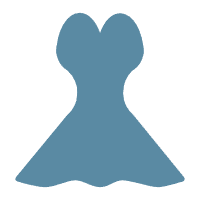 Recommended Fabric Use
Recommended Fabric UsePolyester sewing thread 50/2 is particularly suitable for lightweight fabrics such as silk, chiffon, and fine cotton, where the thread needs to blend seamlessly with the material. Polyester sewing thread 50/3, with its thicker diameter, is better suited for heavier fabrics like denim, canvas, and upholstery materials. When choosing between the two, fabric thickness plays a crucial role in determining the appropriate thread.

-
Konsultation
 Der Anpassungsprozess beginnt mit einem ausführlichen Beratungsgespräch, in dem wir die spezifischen Bedürfnisse des Kunden erörtern, einschließlich Fadenstärke, Farbanforderungen und anwendungsspezifische Anforderungen. Unser Expertenteam arbeitet eng mit dem Kunden zusammen, um seine einzigartigen Anforderungen zu verstehen und Empfehlungen auszusprechen.
Der Anpassungsprozess beginnt mit einem ausführlichen Beratungsgespräch, in dem wir die spezifischen Bedürfnisse des Kunden erörtern, einschließlich Fadenstärke, Farbanforderungen und anwendungsspezifische Anforderungen. Unser Expertenteam arbeitet eng mit dem Kunden zusammen, um seine einzigartigen Anforderungen zu verstehen und Empfehlungen auszusprechen. -
Angebot
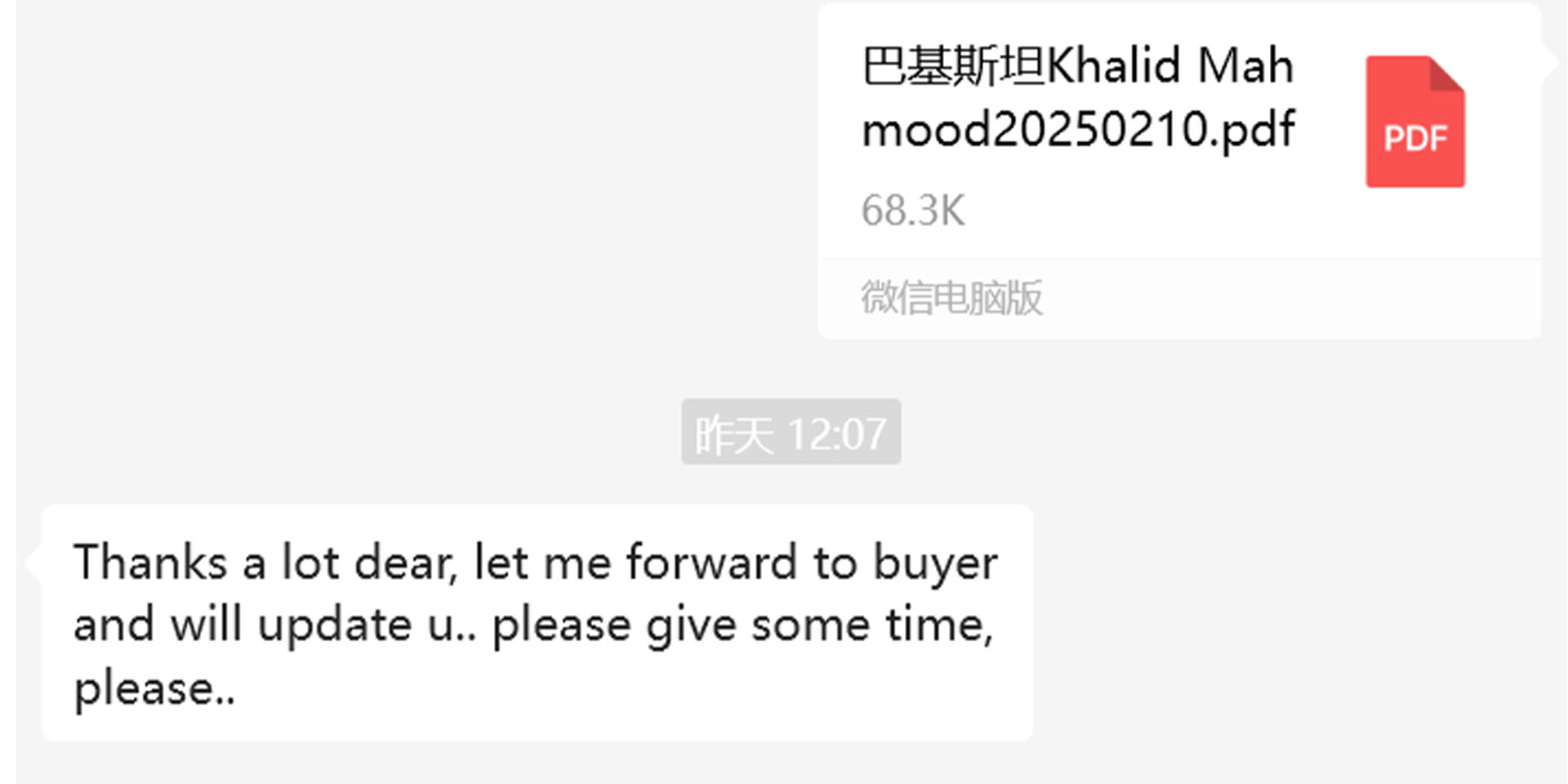 Sobald die Anforderungen klar definiert sind, erstellen wir ein detailliertes Angebot, in dem die Kosten, die Lieferfrist und andere relevante Details aufgeführt sind. Unsere Kostenvoranschläge sind transparent und umfassend, so dass die Kunden ein klares Verständnis der anfallenden Kosten haben.
Sobald die Anforderungen klar definiert sind, erstellen wir ein detailliertes Angebot, in dem die Kosten, die Lieferfrist und andere relevante Details aufgeführt sind. Unsere Kostenvoranschläge sind transparent und umfassend, so dass die Kunden ein klares Verständnis der anfallenden Kosten haben. -
Produktion
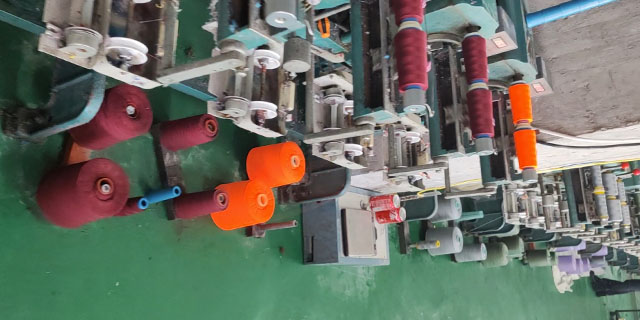 Unser Produktionsprozess ist hocheffizient und qualitätsorientiert und gewährleistet, dass die kundenspezifischen Gewinde den höchsten Anforderungen an Leistung und Haltbarkeit entsprechen. Wir verwenden hochmoderne Anlagen und strenge Qualitätskontrollmaßnahmen, um Gewinde herzustellen, die die Industriestandards übertreffen.
Unser Produktionsprozess ist hocheffizient und qualitätsorientiert und gewährleistet, dass die kundenspezifischen Gewinde den höchsten Anforderungen an Leistung und Haltbarkeit entsprechen. Wir verwenden hochmoderne Anlagen und strenge Qualitätskontrollmaßnahmen, um Gewinde herzustellen, die die Industriestandards übertreffen. -
Versand
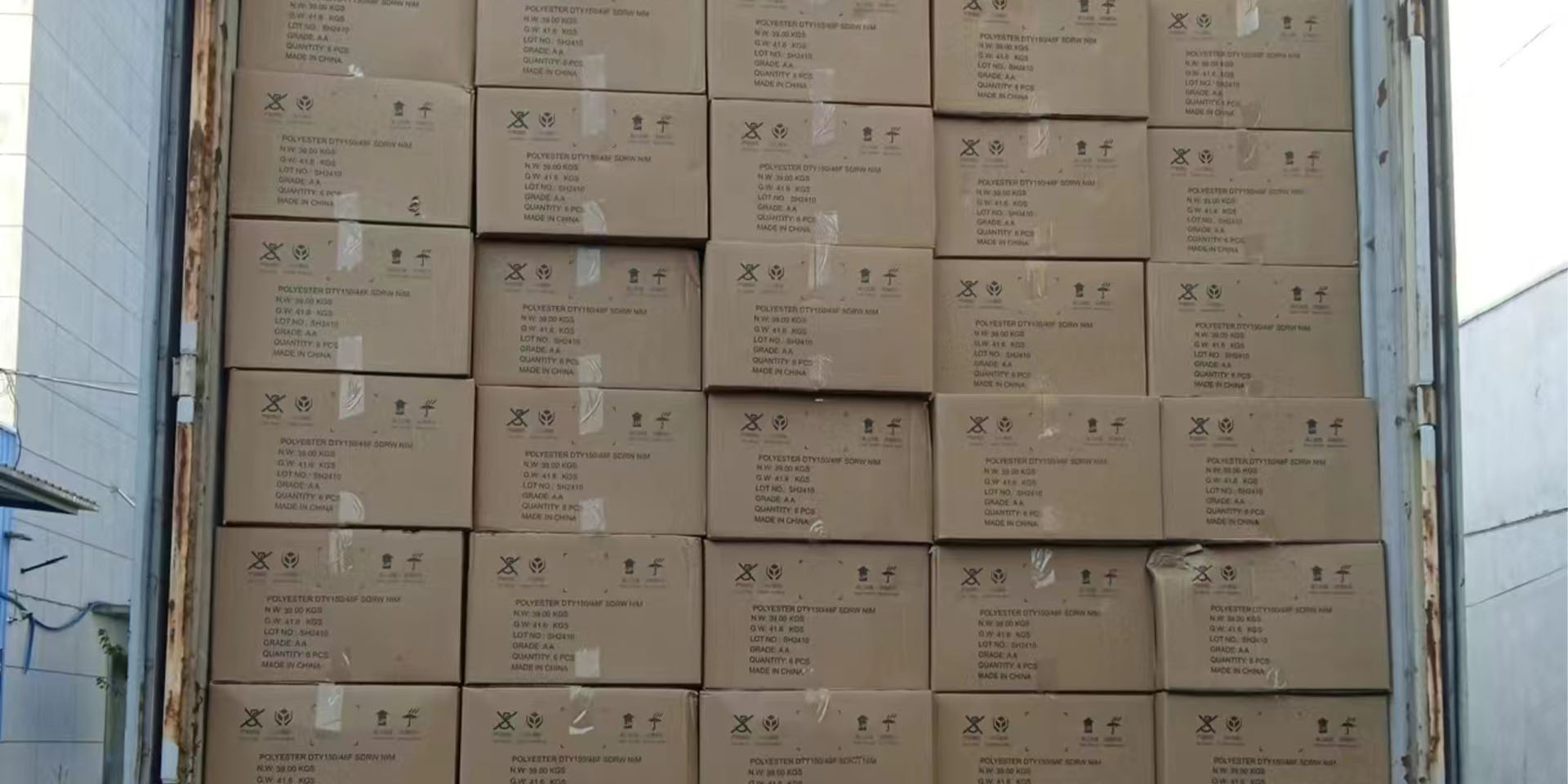 Nach der Produktion werden die maßgeschneiderten Fäden sorgfältig verpackt und innerhalb des vereinbarten Zeitrahmens an den Kunden versandt. Wir bieten zuverlässige Logistiklösungen, um sicherzustellen, dass die Fäden den Kunden umgehend und in einwandfreiem Zustand erreichen.
Nach der Produktion werden die maßgeschneiderten Fäden sorgfältig verpackt und innerhalb des vereinbarten Zeitrahmens an den Kunden versandt. Wir bieten zuverlässige Logistiklösungen, um sicherzustellen, dass die Fäden den Kunden umgehend und in einwandfreiem Zustand erreichen.
-
What is the specific difference between Polyester sewing thread 50/2 and 50/3?
Polyester sewing thread 50/2 is made of two strands of yarn, suitable for sewing light fabrics, with lower strength and suitable for fine sewing; while Polyester sewing thread 50/3 is made of three strands of yarn, with a thicker thread diameter and higher strength, suitable for sewing heavier fabrics and applications requiring higher durability.
-
Should I choose 50/2 or 50/3 to sew my product?
If your product uses light fabrics (such as silk, chiffon, etc.), it is recommended to choose 50/2, which can provide fine sewing effects; if it is heavy fabrics (such as denim, canvas, home furnishings, etc.), choose 50/3 because its strength and wear resistance are more suitable for these heavy fabrics.
-
In home textile products, what are the differences in specific scenarios for 50/2 and 50/3?
In home textile products, 50/2 is suitable for thin items such as bed sheets, quilt covers, pillowcases, etc., and can provide delicate stitching; while 50/3 is suitable for items such as curtains, sofa covers, cushions, etc. that need to withstand greater tension and durability.
-
How to determine the appropriate needle size and sewing tension?
For 50/2, it is recommended to use a thinner needle (such as 9-11 needle) and adjust the tension of the sewing machine to avoid too tight bottom thread affecting the sewing effect. For 50/3, you may need to slightly increase the needle size (such as 11-14 needle) to ensure strength and durability. Make sure the ratio of needle eye to sewing thread is 1:1.2, which can ensure smooth sewing effect.
-
Ich benötige eine spezielle Farbe, kann der kundenspezifische Service diese erfüllen? Kann garantiert werden, dass die maßgeschneiderte Farbe genau mit dem von mir bereitgestellten Muster übereinstimmt?
Unser kundenspezifischer Service kann Ihre speziellen Farbwünsche erfüllen. Wir verwenden fortschrittliche Färbetechnologie und ein professionelles Farbabstimmungssystem, um sicherzustellen, dass die kundenspezifische Farbe in hohem Maße mit dem von Ihnen bereitgestellten Muster übereinstimmt. Vor der Produktion stellen wir Ihnen Muster zur Bestätigung zur Verfügung, um sicherzustellen, dass die Farbe Ihren Anforderungen entspricht. Falls erforderlich, können wir auch ein Farbmanagement gemäß Ihren Markenstandards durchführen, um die Farbstabilität jeder Charge zu gewährleisten.
-
Welche Farboptionen gibt es für diese Fäden?
Polyester Sewing Thread 50/2 and 50/3 are available in a variety of colors, and customers can customize the color as needed to meet different design requirements.
-
Wie lange dauert es von der Bestellung bis zur Lieferung, wenn ich mich für einen individuellen Service entscheide? Kann die Lieferung beschleunigt werden?
Die Vorlaufzeit für kundenspezifische Dienstleistungen hängt normalerweise von der Komplexität der Anpassung und dem Auftragsvolumen ab. Im Allgemeinen dauert es 15-25 Arbeitstage von der Bestellung bis zur Lieferung. Wenn Ihr Projekt dringenden Bedarf hat, können wir Ihnen einen beschleunigten Service anbieten. Wir werden den Produktionsplan nach Ihren spezifischen Bedürfnissen ausrichten, um eine pünktliche Lieferung zu gewährleisten.
-
Wie sind die Qualitätsstandards dieser beiden Nähgarne? Gibt es entsprechende Zertifizierungen oder Prüfberichte?
Unsere Nähgarne folgen streng den internationalen Qualitätsstandards, einschließlich der Zertifizierung des Qualitätsmanagementsystems nach ISO 9001 und der Umweltzertifizierung nach OEKO-TEX Standard 100. Jede Charge von Produkten wird strengen Qualitätsprüfungen unterzogen, einschließlich Zugprüfung, Abriebfestigkeitsprüfung, Farbechtheitsprüfung, usw. Wir können auch detaillierte Prüfberichte nach Ihren Wünschen erstellen, um sicherzustellen, dass die von Ihnen verwendeten Nähgarne den höchsten Standards entsprechen.
-
Stellen Sie Proben für Tests zur Verfügung?
Viele Anbieter stellen ihren Kunden kostenlose Muster zum Testen zur Verfügung, aber die Kunden müssen möglicherweise für den Versand bezahlen. Es wird empfohlen, sich vor einer Bestellung beim Anbieter über die Musterpolitik zu informieren.
-
Meine Bestellmenge könnte relativ klein sein. Gibt es eine Mindestbestellmenge? Wirkt sich eine geringe Bestellmenge auf den Preis oder die Lieferzeit aus?
Da wir wissen, dass die Kunden unterschiedliche Bedürfnisse haben, versuchen wir, die Mindestbestellmenge zu reduzieren, um den Bedürfnissen der verschiedenen Kunden gerecht zu werden. Für Standardspezifikationen beträgt die Mindestbestellmenge 100 Kilogramm, für kundenspezifische Produkte ist die Mindestbestellmenge ein Container. Wenn Ihre Bestellmenge klein ist, werden wir trotzdem unser Bestes tun, um Ihre Anforderungen zu erfüllen, aber der Stückpreis kann entsprechend den Kosten für die Anpassung angepasst werden. Die Lieferzeit wird in der Regel durch kleine Bestellmengen nicht beeinträchtigt, und wir werden die Produktion und Lieferung gemäß den Standardverfahren organisieren.


